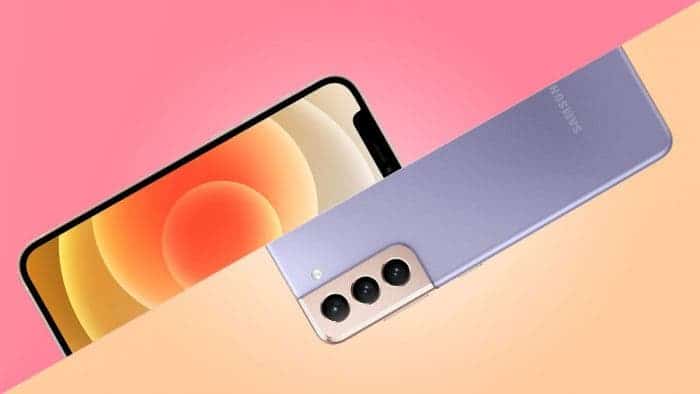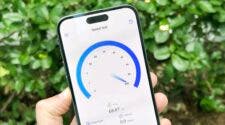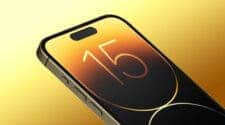BankMyCell website has published its traditional annual report on the rate of decrease in the price of smartphones after purchase.
The service specializes in comparing prices within the framework of trade-in programs for exchanging old phones for new ones with a surcharge.
Android smartphones drop in price after purchase twice as fast as iPhone
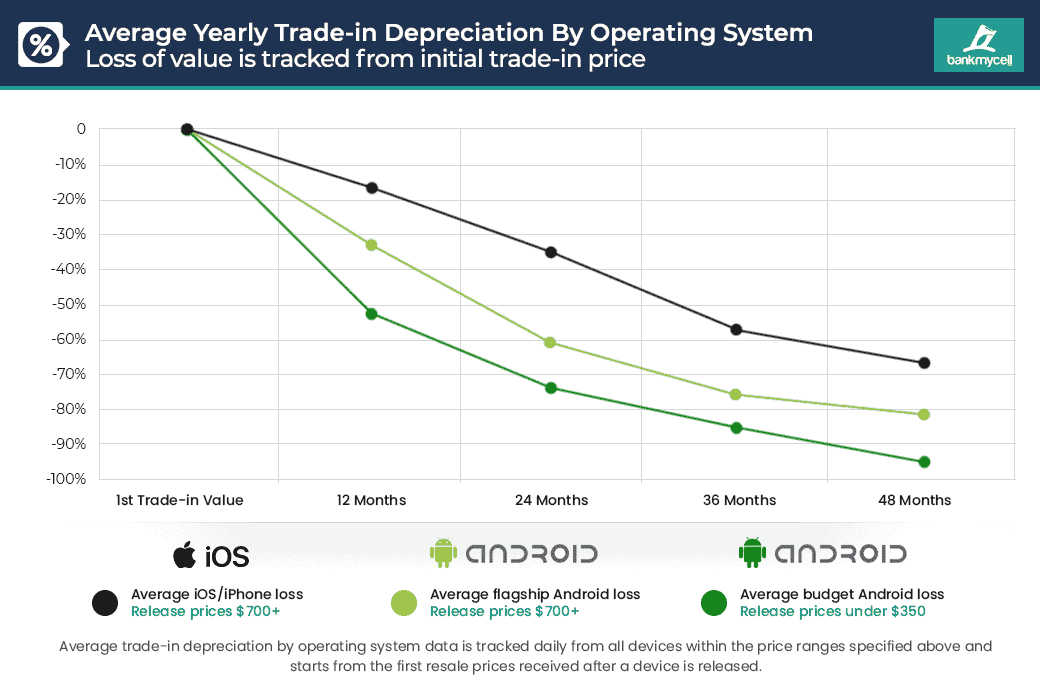
As it turned out, in the first 12 months, Android smartphones lose twice as much of their value as the iPhone – 33.62% versus 16.70%. Two years after purchase, the price of Android is down 61.50% on average, while the price of the iPhone is down 35.70% on average. For four years, on average, the Android smartphone is cheaper by 81.11%, and the iPhone – by 66.43%.
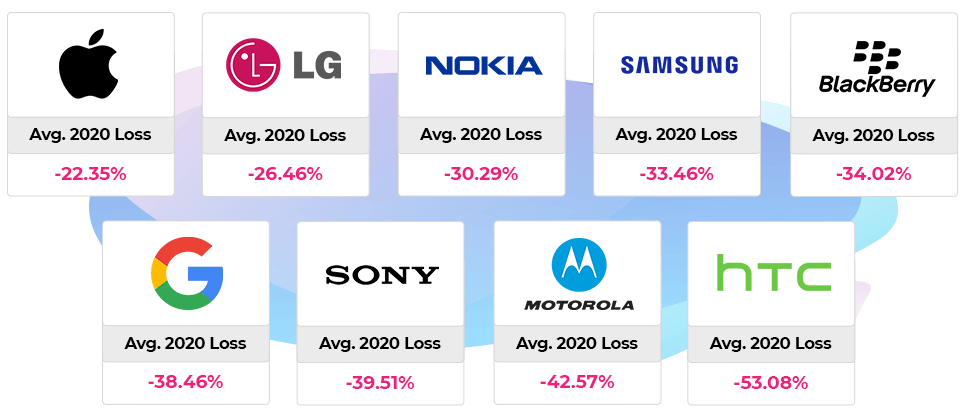
As for individual brands, HTC, Motorola and Sony became the leaders in the rate of price reduction in the first year – by 53.08%, 42.57% and 39.51%. The slowest are iPhone and, oddly enough, LG and Nokia.
The flagships Apple and Samsung fell in price like this:
- Samsung Galaxy S20 (-34.78% in 9 months), iPhone 11 (-12.84% for all 2020)
- Samsung Galaxy S20 + (-30.59% in 9 months), iPhone 11 Pro (-21.31% for the entire 2020)
- Samsung-Galaxy S20 Ultra (-36.30% in 9 months), iPhone 11 Pro Max (-15.96% for all of 2020)
Apple will reduce the notch of the iPhone 13 and improve the camera
Apple is slowly preparing a new generation of iPhone for release in the fall. Meanwhile, the network is beginning to accumulate details about the upcoming iPhone 13 models.
This time, the Taiwanese resource DigiTimes, known for its connections with the industrial supply chain, published its latest news.
According to the source, the iPhone 13 will receive a redesigned Face ID system, which will reduce the so-called “notch” – a cutout in the screen for the front camera and the additional sensors.
It is also noted that the iPhone Pro models will receive larger camera sensors and improved resolution, while the base “non-Pro” versions will inherit the sensors used in the iPhone 12 Pro and iPhone 12 Pro Max.
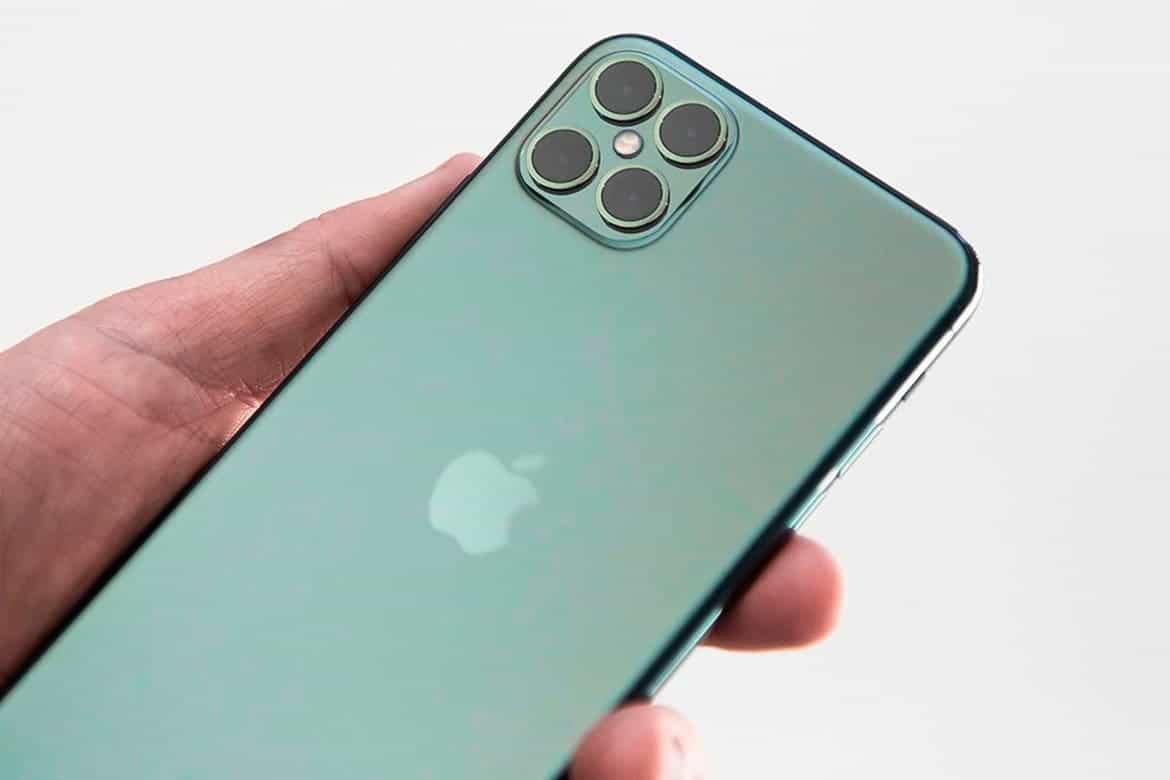
iPhone 13 with sub-screen Touch ID this year, foldable iPhone also in the works
A new report from Bloomberg recently sheds more light on what to expect from the iPhone update this year. The report states that Apple “isn’t planning any major changes” for the 2021 iPhone 13.
Gizchina News of the week
The iPhone 13 or iPhone 12S models planned for this year are unlikely to feature any major design changes, as the 2020 iPhone models marked a major technological and design overhaul. Apple engineers would consider the 2021 iPhones to be an “S” version of the 2020 models.
The big change is that Apple is testing support for an in-display Touch ID reader for the iPhone 2021. Touch ID would be available in addition to Face ID and would be convenient for iPhone users who cannot unlock their iPhones when using masks.
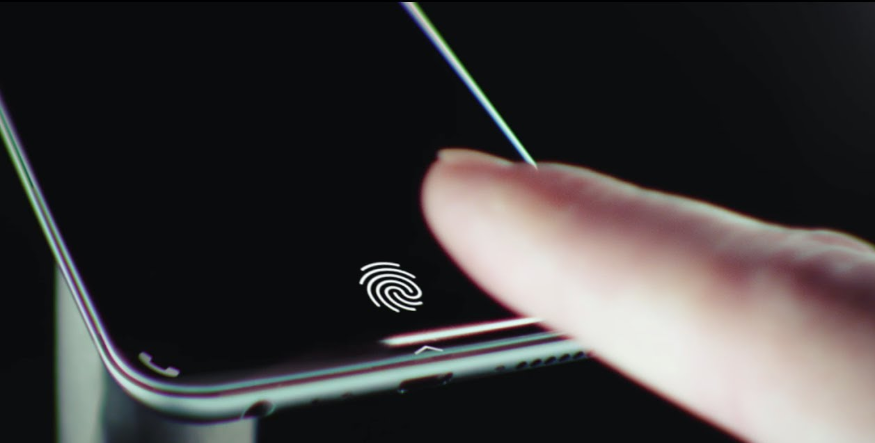
Bloomberg writes that Apple has “discussed removing the charging port for certain iPhone models in favor of wireless charging”. It is not known if this change will be on the iPhone 13, or if Apple will keep it for a future model.
Speaking of the foldable iPhone, Bloomberg thinks you shouldn’t expect a foldable iPhone just yet. Apple’s main focus is on updates to its iPhone and iPad coming in 2021. But, the company is also working on the foldable model.
Finally, the report also mentions that AirTags are still on track for release this year. Apple was initially planning to launch them at the same time as the iPhone 12.
Apple To Name Next Handset iPhone 12S Instead Of iPhone 13
As a well-deserved giant in the technology industry, Apple’s products have always attracted attention. There were a lot of news about the next-generation products when the iPhone 12 series was just launched. Now, we learn that Apple may name the next-generation iPhone “iPhone 12S” instead of the iPhone 13.
The iPhone has launched a number of “S” series products in the past few years. Just like the iPhone 4S, iPhone 5S, and iPhone 6S, they were all outstanding. They are even called “a generation of magic machines” by users. The reason behind such a name is that they came with stronger functions than their rivals.
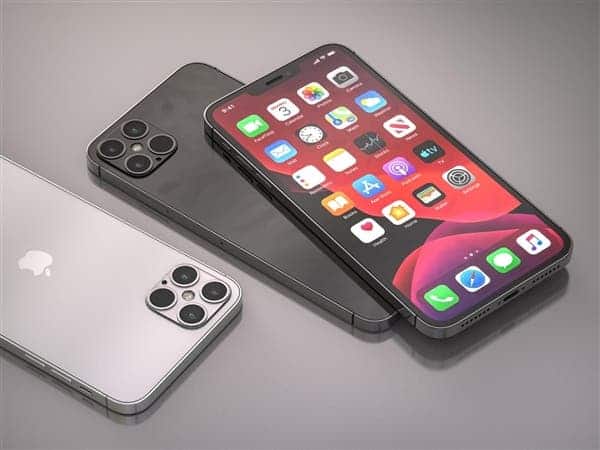
Moreover, the same sources claim the notch area of the upcoming iPhone 12S will be reduced as well.
Apple will use the latest D-ToF (Direct ToF) technology to replace the existing Face ID components. This will reduce the volume of the 3D structured light sensor module accordingly. Thereby, it will reduce the area of the screen notch.
In addition, the new iPhone 12S will also use the LTPO screen provided by Samsung. This technology can support a higher refresh rate and greatly reduce the screen power consumption. The iPhone 12S will also support a high refresh rate of 120Hz. At the same time, it should also add frame rate synchronization technology. The latter brings intelligent adjustment of the screen refresh rate, which can automatically switch between 1-120Hz.
As for the performance, the iPhone 12S will also upgrade the Apple A15 processor, using TSMC’s second-generation 5nm process. The improved manufacturing process not only means more power, but also it will further reduce power consumption and improve the battery life of the 5G iPhone.
The iPhone 12S is expected to be officially unveiled in September this year.

